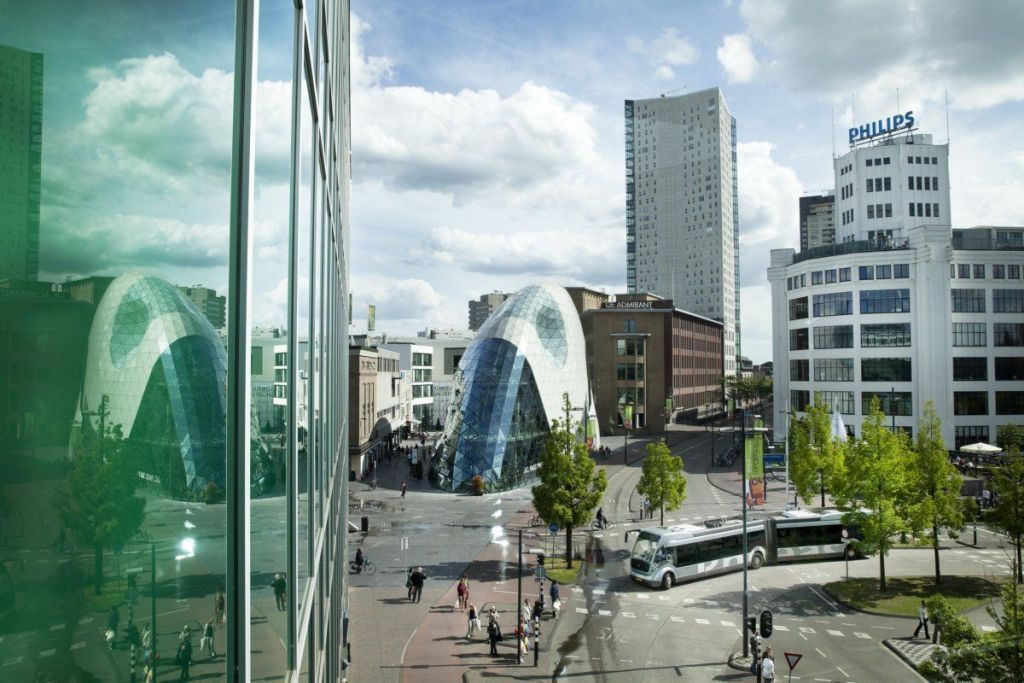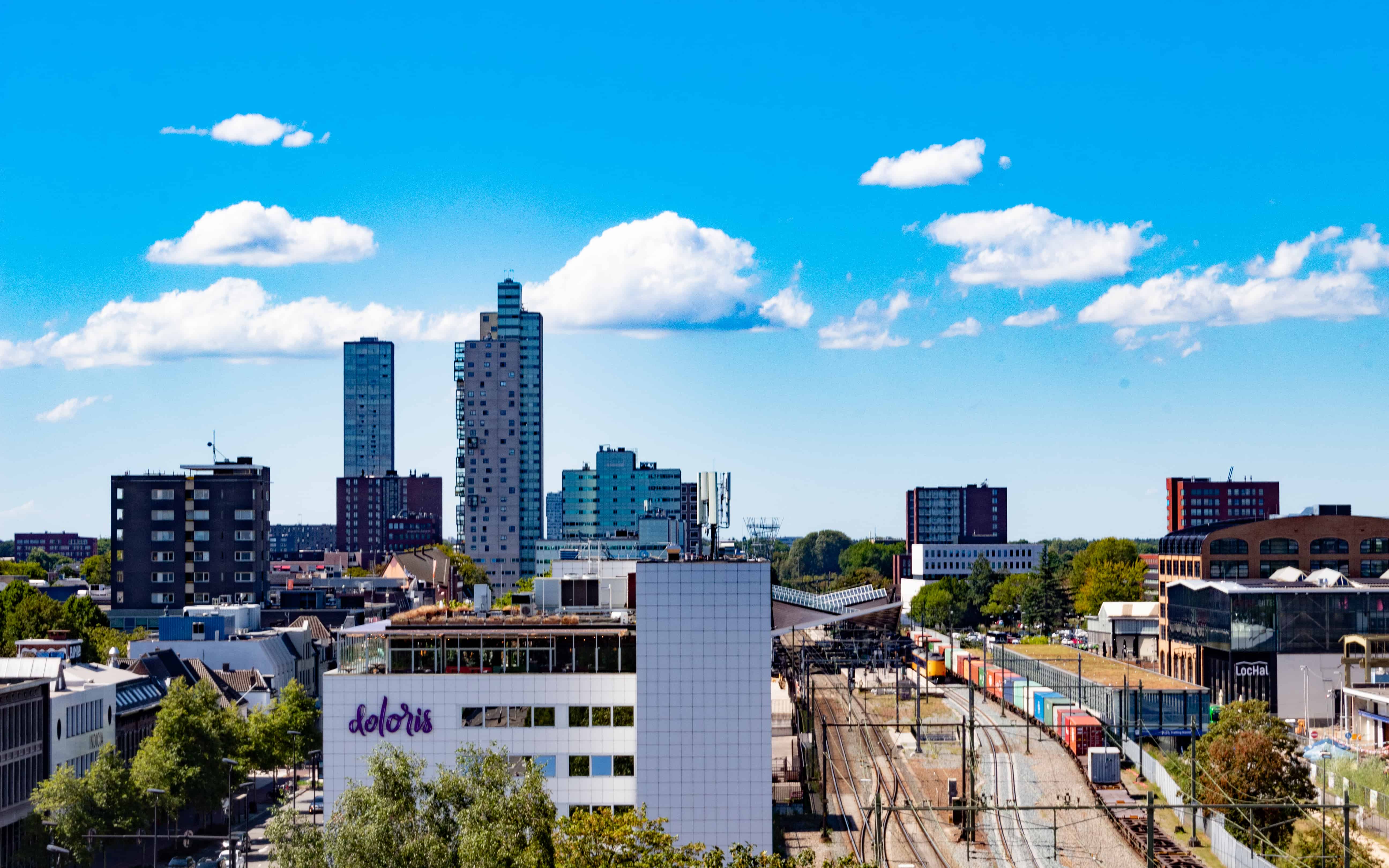
The Netherlands is facing an economic challenge. Labor productivity is stagnating, and regional differences are significant. Greater Amsterdam and Brainport Eindhoven show that shifting to highly productive sectors pays off. Policies that capitalize on each region’s unique strengths can give the national economy a 6% boost. A structural regional approach is crucial for the Netherlands’s future earning power, so write RaboResearch economists in their study of regional differences in productivity growth, released today.
Why is this important?
Amsterdam and Brainport show what it takes to achieve economic growth as a country. The key is to focus on highly productive sectors.
Labor productivity shows how efficient labor is in providing services or products, says regional economist Floris Jan Sander. “Its growth has been declining for decades. Between 2010 and 2022, it was only 0.5 percent per year, compared to 1.5 percent from 1990 to 2000. This declining trend is worrying, especially since the labor force in the Netherlands is declining due to an aging population and because labor productivity growth is essential for the international competitiveness of the Netherlands.”
Amsterdam and Brainport exceptional growth regions
In the study, the economists closely examine the productivity of forty Dutch regions. Sander: “We see employment shifting from high- to low-productivity sectors in practically all regions. This inhibits labor productivity growth. Except in Greater Amsterdam and Brainport Eindhoven, where employment is shifting from low- to high-productivity sectors. It explains why labor productivity grows faster in those regions.”
The remarkable examples of Greater Amsterdam and Brainport Eindhoven show what is possible: a shift of employment from low-productivity to high-productivity sectors, boosting both productivity growth and jobs in these regions. This is an important lesson for other regions lagging behind and seeking economic improvement. “If the regions where labor productivity is below the Dutch average catch up by half, the Dutch economy would grow by 6 percent, according to the researchers. This underscores the importance of the area-specific approach. There is still a lot of untapped potential. By focusing on the challenges and opportunities in the regions that are currently lagging somewhat behind, those regions can also contribute a lot.”

Regional differences in labor productivity
Labor productivity cannot be underestimated; it is a key factor in the Netherlands’s earning power and determines how efficiently an economy uses labor and capital. Differences between regions are mainly explained by regional conditions that make companies productive, such as the availability of highly educated personnel, the presence of knowledge institutes, and infrastructure. These factors are known as the “eight wheels of economic growth,” essential for stimulating regional economic development.
Recently, the Cabinet put together a plan to invest heavily (on a one-time basis) in Brainport Eindhoven, one of the Netherlands’ economic growth engines. “In our study, this region emerges as an exceptional growth region. However, we also show the need for structural regional economic policy.”
The need for targeted economic policy
According to the researchers, all this calls for an adjustment in which policymakers focus not only on the national economy as a whole but also on the potential of individual regions. The focus should be on stimulating highly productive sectors and attracting and retaining talent in order to increase productivity and economic prosperity.
The state of the Dutch labor market also affects the country’s economic future. The labor market remains tight, and the contribution of labor input to economic growth is expected to be significant through 2025, at an average of 0.9% per year, according to previous Rabo-Research research. This provides opportunities for economic growth in the short term, but after 2025, labor’s contribution to growth is expected to turn slightly negative. This means that improvements in labor productivity will be necessary for future economic growth.
Policies that increase labor supply, such as reducing taxes on labor and simplifying the tax system, can help stimulate the labor market. Attracting knowledge migrants and encouraging higher labor participation are other initiatives that can strengthen the Dutch labor market, according to Rabobank.
Flexibility and the future of work
The future of the labor market is uncertain and shaped by various factors such as automation, digitalization, and flexibilization of work. In its report “Reshaping work,” PwC outlines four scenarios for the Dutch labor market in 2025. These scenarios range from increased flexible labor to stability of the current share. Employers’ choices regarding flexible work and the speed of the “skill transition” will play an important role in shaping this future.
A rapid skill transition, with the workforce learning new digital skills, can positively impact labor productivity and the economy as a whole. Improving workers’ skills, including those of flex workers and the self-employed, will lead to improved competitiveness and higher hourly wages. According to PwC, this underscores the importance of investing in workforce training and development.








